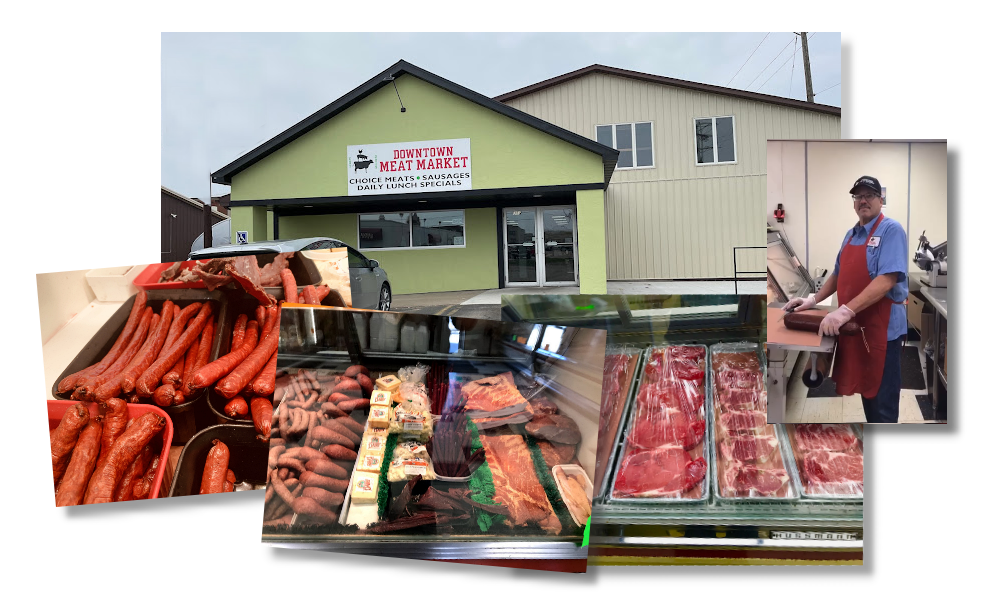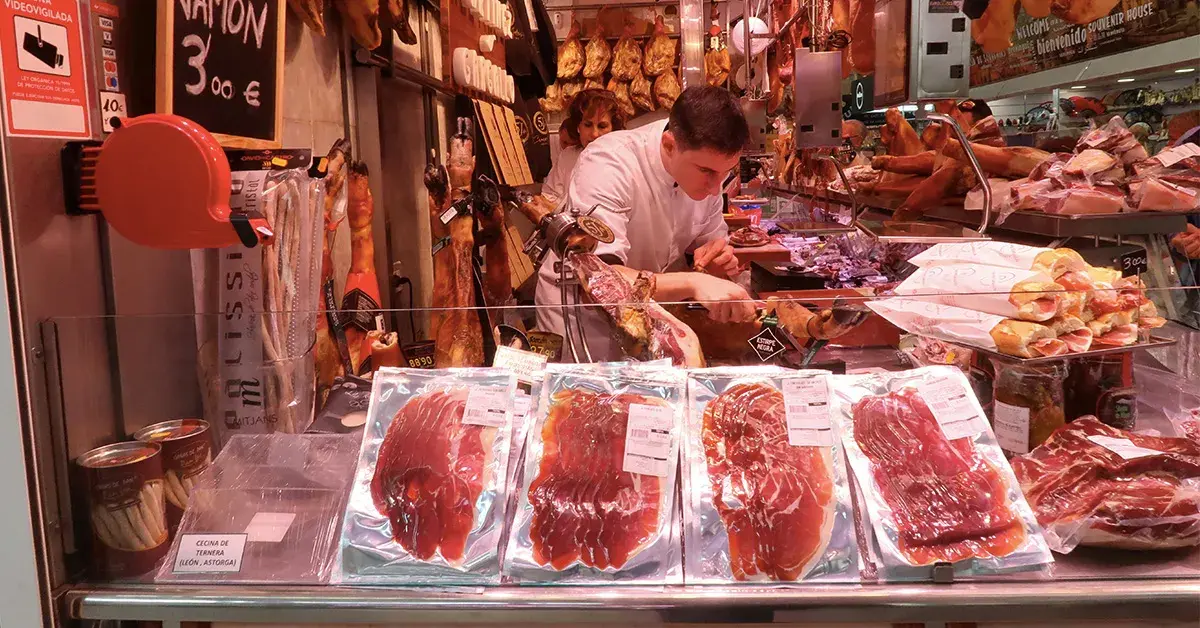Quality cuts at Bagley Meat Market Edwardsville IL for every occasion.
Just How to Pick the Perfect Cut of Meat From a Trusted Meat Market
Selecting the perfect cut of meat from a relied on meat market needs a thoughtful method that balances top quality, culinary function, and spending plan. Comprehending the various sorts of meat and their particular cuts is important, as is engaging with your butcher to obtain understandings into sourcing and preparation. Observing attributes such as color, appearance, and marbling can further assist your choice. As you consider these factors, it becomes clear that the subtleties of your option could substantially affect the result of your meal, motivating a deeper expedition of the standards that really matter.
Comprehending Meat Cuts


For example, the tenderloin is treasured for its buttery texture and marginal connective tissue, making it excellent for fast food preparation methods such as cooking or pan-searing. In comparison, tougher cuts like the brisket or shank gain from slow-moving cooking methods to damage down collagen, producing abundant and tasty outcomes.
Furthermore, the fat material of a cut plays a critical duty in flavor account and moisture retention during cooking. Cuts with greater fat material, such as ribeye, offer an even more robust taste, while leaner alternatives, like sirloin, might call for cautious prep work to stay clear of dryness (bagley meat market edwardsville il). Recognizing these nuances enables notified selections that boost cooking productions, ensuring that each dish showcases the very best qualities of the picked meat
Factors to Take Into Consideration
When selecting the ideal cut of meat, several vital aspects come into play that can significantly affect the last meal. Firstly, think about the sort of meat you desire-- beef, pork, lamb, or fowl-- as each deals special tastes and appearances. The certain cut within that category is just as vital; for circumstances, ribeye supplies abundant marbling, while tenderloin offers a lean, buttery appearance.
Another variable is the food preparation method you prepare to use. Cuts suitable for grilling, such as T-bones or sirloins, differ from those much better suited for slow-moving food preparation, like chuck roasts or shanks. Additionally, quality is vital; always select meat with a lively color and firm structure, signaling quality and appropriate handling.
Moreover, think about the resource of the meat. A trusted meat market usually supplies in your area sourced, hormone-free, and grass-fed alternatives, which can improve taste and dietary value. Your budget plan will certainly assist your selection. Premium cuts might use outstanding taste, however there are also cost-efficient alternatives that, when prepared appropriately, can produce delicious outcomes. Balancing these variables will certainly help you choose the best cut for your cooking demands.
Inquiries to Ask Your Butcher
A butcher's experience can be invaluable when choosing the excellent cut of meat for your culinary undertakings. Beginning by making inquiries regarding Homepage the source of the meat.
Following, ask regarding the different cuts offered for the kind of meat you like. An educated butcher will clarify the nuances of each cut, assisting you pick one that matches your cooking method and desired result. Do not think twice to make inquiries regarding the very best cooking methods for a specific cut; butchers often have ideas that can improve your recipe.
It's additionally sensible to ask concerning the meat's quality. A good butcher will be eager to share their proficiency and recommend cuts that will thrill your taste buds. Engaging your butcher with these concerns can significantly enhance your meat choice experience.
Acknowledging High Quality Meat

Appearance is one more essential aspect; top quality meat should really feel strong and somewhat resilient to the touch. Prevent any cuts that really feel slimy or excessively dry, as these can suggest putridity or improper storage space. In addition, odor plays a vital duty; fresh meat needs to see this site have a tidy, neutral aroma, while any off-putting or sour odors are red flags.
Last but not least, think about the resource. Purchasing from a reputable meat market, where the meat's origin is known, can guarantee greater top quality criteria. By concentrating on these indicators-- color, marbling, appearance, odor, and resource-- you can with confidence pick cuts that will certainly boost your food preparation and dining experience.
Food Preparation Methods for each and every Cut
Choosing the appropriate food preparation technique is vital for optimizing the taste and tenderness of each cut of meat. Various cuts possess special features that dictate the most suitable cooking techniques.
For tender cuts, such as filet mignon or ribeye, dry heat methods like grilling, broiling, or pan-searing are ideal. On the other hand, harder cuts, such as chuck or brisket, benefit from moist warm methods, consisting of braising or slow food preparation.
Pork chops and poultry breasts are flexible and can be cooked using both dry and wet techniques. While grilling or roasting can yield delicious outcomes, poaching or sautéing can keep dampness and inflammation. For lamb, methods like roasting or braising are recommended, as they complement the meat's robust taste.

Final Thought
Finally, selecting the perfect cut of meat from a reliable meat market requires a comprehensive understanding of meat cuts and consideration of various variables, including source, top quality, and food preparation methods. Engaging with visit here the butcher with targeted inquiries can produce beneficial insights and referrals tailored to certain cooking requirements. Prioritizing both top quality and budget will certainly improve the general gastronomic experience, making certain that the selected cut meets expectations in both flavor and preparation.